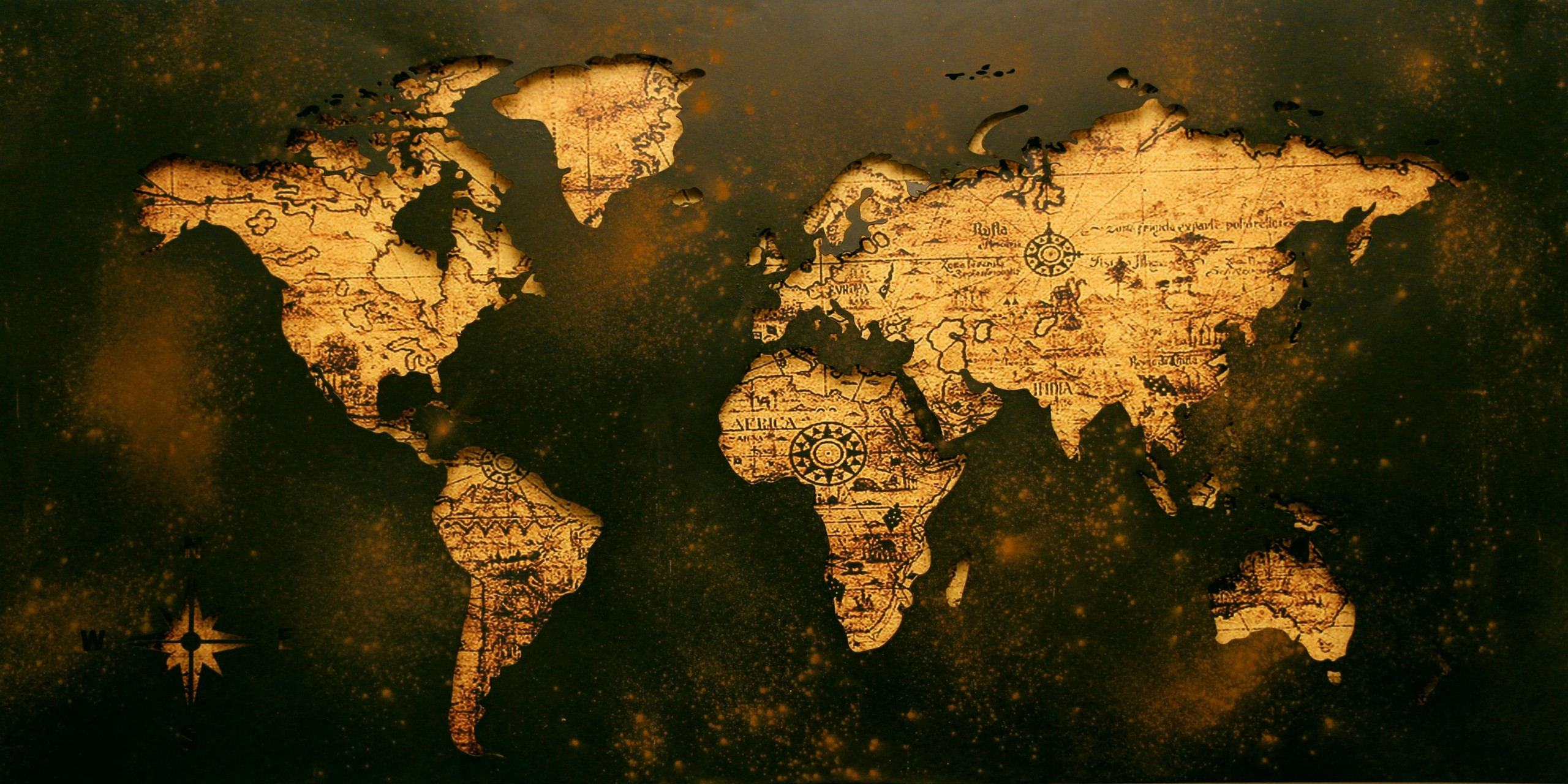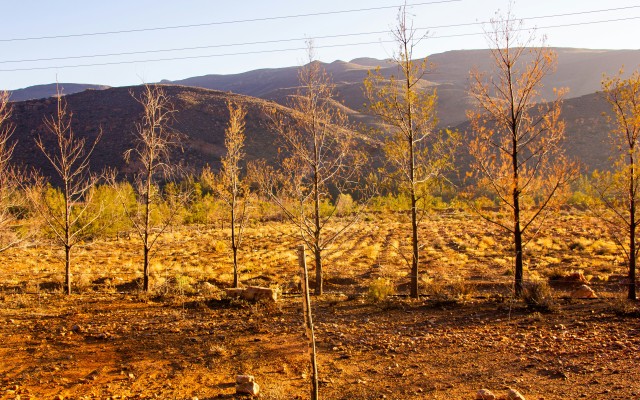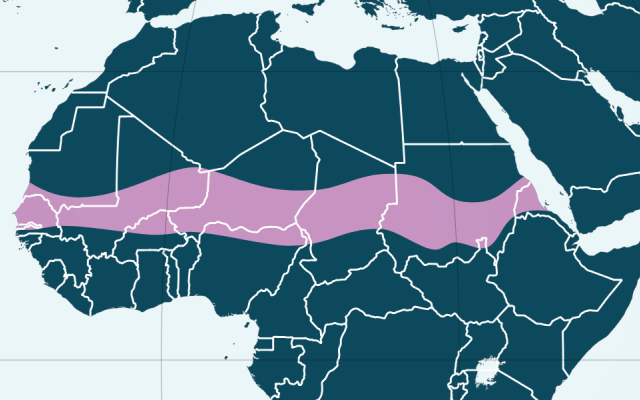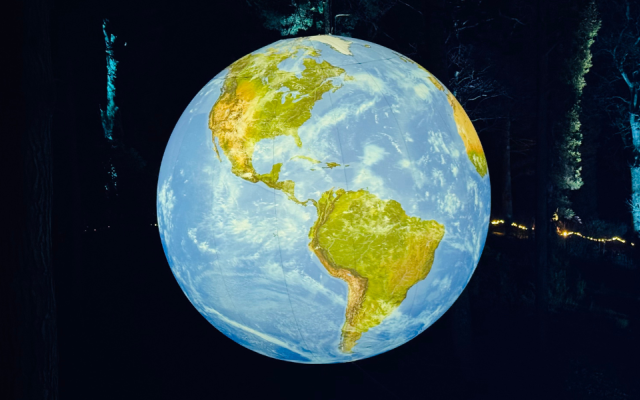
Deconstructing Migration as Connected Histories and Right to Development
Published on: January 30th, 2025
Read time: 11 mins
Introduction
Media portrayals of a migration crisis offer a highly simplified version of what is going on. Boats reaching the Mediterranean shores, desperate migrants waiting for entry at the border, everyday violence, chaos and casualties: these scenes play out on repeat in our media outlets, framing the ‘surge’ of immigrants as crisis of the twenty-first century and the most divisive issue in Western politics today. Meanwhile, another media clip displays what appears to be a crisis situation in recipient countries; immigrants taking advantage of the welfare system, plotting terror attacks, causing housing shortages, increasing inflation, and so on and so forth. It offers a stark reminder of how easy it is to scapegoat others as a divisive political strategy in times of crisis, facilitated by public fear and enshrined by propaganda. History can absolutely confirm how this dynamic works.
If the previous global pandemic tells us anything, it is that we are increasingly interlinked with one another’s crises. Applying this lesson, interlinkedness would be my approach if we are to treat migration as a crisis. The first proposition that deserves our attention is that the migration crisis is “not independent of the economic system in which it occurs and recurs.” F. Obeng-Odoom, Global Migration beyond Limits (Oxford University Press, 2021), 95. Our economic system has long been a cause of stark global inequality, with migration as a direct effect or reflection of that fact. R. Black, C. Natali & J. Skinner, ‘Migration and Inequality’, World Bank Background Paper (2005), accessible here. Millions of poor individuals and families leave their home countries in search of new livelihoods, frequently pursuing intercontinental migration to improve their income in wealthy destination countries. T. Faist, ‘Cross-Border migration and social inequalities’, Annual Review of Sociology, 42, no. 1 (2016): 323–346.
But there are deeper mechanisms at work here. There is nothing inherently natural about inequality: poor countries (which is to say sending countries) do not remain poor because of their geographical location, nor does it have anything to do with their populations’ intelligence, nor with reduced agricultural yields caused by climatic change. There are close links between resource grabs and wealth accumulation at a global level, proving that impoverishment is not natural but made and much migration is enforced to mobilise labour and capital. Proponents of the critical world systems approach have touched upon (un)just distribution of world resources, emphasising how structural penetration and destabilisation of peripheral areas generate the conditions that facilitate mass displacement. For decades, interference in foreign affairs in the form of wars of aggression and monopolistic trade policies have been more than sufficient in perpetuating resource crisis at the expense of poorer nations. Seeking protection or a sustainable livelihood elsewhere then becomes necessary for survival. Yet, the predominant migration myth turns the narrative of “who interferes with whom” upside down, as illustrated by the following speech by Josep Borrell:
Yes, Europe is a Garden. […] The rest of the world […] is not exactly a Garden. The rest of the world, most of the rest of the world, is a Jungle. And the jungle could invade the Garden. And the Gardeners should take care of it, should take care of the Garden. But they will not protect the garden by walls, by building walls. A nice, small Garden surrounded by high walls in order to prevent the Jungle coming in is not going to be a solution because the Jungle has a strong growth capacity and the wall will never be high enough in order to protect the Garden. The Gardeners have to go to the Jungle. Europeans have to be much more engaged with the rest of the world. Otherwise, the rest of the world will invade us, by different ways and means. Josep Borrell was a High Representative of the Union for Foreign Affairs & Security Policy/Vice-President of the European Commission (2019-2024). Quote available here.
On Colonial Surplus and “Migrating Language”
Let us not forget who began invading whom in the first place. Invading for resource exploitation was the main feature of European colonialism, and set world development on the unequal trajectory it is still on today. Colonialism orchestrated mass resource exploitation to fuel European industrialisation in the 19th century. Scholars who have quantified the monetary value of gains from colonial dispossession, adjusted for present inflation and interest rates, argue that plundered silver from Spanish colonies could be worth up to $US165 trillion, J. Hickel, The Divide: Global Inequality from Conquest to Free Markets (W.W. Norton & Company, 2018). Britain drained $US45 trillion of wealth from India, D.R. Chaudhury, ‘British looted $45 trillion from India in today’s value: Jaishankar’, The Economic Times, 3 October 2019, accessible here. and Dutch rule in Indonesia produced a $US5.123 billion colonial surplus. A. Gordon, ‘How Big was Indonesia’s “Real” Colonial Surplus in 1878–1941?’, Journal of Contemporary Asia, 42, no. 4 (2012): 560–580. We can expect an even more staggering figure of gains from African colonies. It is also worth noting that colonial governments shipped 12 million Africans to the Americas as part of the transatlantic slave trade, making European colonialism “the biggest forced migration in history”, H. de Haas, How migration really works: The facts about the most divisive issue in politics (Basic Books, 2023), 31. not to mention slave economies in other colonies in Asia and Latin America.
European colonialism underpins an enduring connection between language and migration. Take a look at Africa’s complex multilingualism, for instance. Colonial divide and rule strategies successfully facilitated the spread of European languages across the continent. Shortly after the Berlin Conference of 1884-1885, when European powers started to exploit and territorialise Africa more systematically, African workers from local villages developed a hybrid language to bridge communication with their European masters and workers from other regions who did not speak their native language. N.A. Hosani, ‘Language Maps from Africa to Europe’, Acta Neophilologica, 55, no. 1–2 (2022): 133–158. Until this very day, the languages of colonisers, such as French, German, English and Portuguese remain widely spoken across African countries, even decades after their independence. There even exists a ‘coloniser language map’ of Africa. Exploring Africa, ‘Colonial Exploration and Conquest in Africa’, accessible here.
In the present time, language proficiency is integral to the European migrant integration regime. This is especially relevant with the dominant geographical direction of global migration flows, favouring OECD (which includes EU) countries as preferred destinations. Consequently, it is commonly known among overseas workers that European employers, businesses and visa point systems place a preference (sometimes a strict requirement) on having bilingual/multilingual skills to fill the gap of skilled labour shortages. It is notable that out of 86.7 million international migrants living in Europe in 2020, J. Chavda, ‘Key facts about recent trends in global migration’, Pew Research Center, 14 April 2024, accessible here. Africans only account for 27,2% (7,2% of whom are refugees), compared to Asians (41%). Africa-Europe Foundation Debate, ‘Africa and Europe: Facts and Figures on African Migrations’, Mo Ibrahim Foundation, 18 March 2022, accessible here. So African migrants are not overcrowding Europe, as claimed by the mainstream narrative. While formal migration pathways to Europe remain constrained, forcing many migrants to undertake dangerous crossings of the Mediterranean, the majority still use legal migration routes to emigrate.
Rethinking Migration as Right to Development
Evidence suggests it is the ‘Garden’ that continues to make the ‘Jungle’ increasingly dependent on the former for development. This routes back to the “underlying patterns of colonial appropriation and continues to define the global economy”. J. Hickel, D. Sullivan & H. Zoomkawala, ‘Rich countries drained $152tn from the global South since 1960’, Al Jazeera, 6 May 2021, accessible here. The unprecedented increase of South-North migration that started in the 1990s can be attributed to the implications of the neoliberal structural adjustment programmes imposed on countries in the Global South. Since its implementation in 1980-90s, Global South countries have lost hundreds of billions of potential GDP, resulting in debt burdens that lead to more borrowing to meet the IMF and World Bank conditions. It is not hard to see how the Global South keeps on servicing debt repayment at the expense of financing education, healthcare, and infrastructures required for basic development. Over the period of 1960 onward, the Global North has drained $US62 trillion (or worth $US152 trillion adjusted for inflation) from the Global South as a result of asymmetrical trade policy, Trade-Related Aspects of Intellectual Property Rights (TRIPS) payments, cheap raw material, and unfair wages. In the context of climate justice, renewable energy infrastructures are no different than exploitation in search for raw materials such as cobalt, nickel, and silver needed to build a greener West, often at relatively low prices compared to the cost of environmental pollution, labour, and human suffering in the South.
It is important to recognise that migration and inequality come hand in hand in the contemporary development framework. However, when migration is translated into international development policy, development seems to be about practical means to reduce migration and less likely to close the gap of structural inequality. The underlying assumption is that if people migrate to wealthier countries, a share of the world's resources would be distributed in the form of remittances, technology, skill and knowledge transfers, or investment, all of which can contribute to the development of the migrants’ home countries. Policy solutions such as boosting economic development in the sending countries, through aid assistance, education and training programmes, and trade cooperation are well encouraged and implemented to curb migration. This is where rethinking the right to development reinforces my second preposition, as there has been no sufficient proof that more development means less migration. Hein de Haas in his paper, “Turning the Tide? Why Development Will Not Stop Migration,” H. de Haas, ‘Turning the tide? Why development will not stop migration’, Development and Change, 38, no. 5 (2007): 819–841. provides some useful background. First, trade cooperation does not promote development in poor countries as it is inconsistent with protectionist trade policies of wealthy countries (such as the aforementioned TRIPS). Second, a lack of coherence between development aid and migration arises from diverging political purposes. He argues that development assistance has often been used to aid autocratic regimes in the form of weapons, provoking armed conflict that leads to mass displacement thus triggering refugee and humanitarian crisis. Third, most migration policies are inaccurately oriented at reducing poverty, as poverty is traditionally seen as a key driver of migration.
If international migration policy continues to prioritise an integrated development approach (which seems likely), I would argue that migration and/or development as distributive justice to global inequality can truly work only when there is a simultaneous, meaningful effort to reform the global governance architecture. This spirit partly goes back to the 1999 Battle of Seattle at the WTO Summit anti-MEI movement against the WTO, World Bank and IMF as core neoliberal institutions perpetuating global inequality since their inception. A. Azedi & E. Schofer, ‘Assessing the Anti-Globalization Movement: Protest Against the WTO, IMF, and World Bank in Cross-National Perspective’, The Sociological Quarterly, 64, no. 3 (2023): 445–470. Apart from that, I would argue that migration is a logical consequence when economies become more advanced. The advanced economic character of the European ‘Garden’, for example, requires the existence of a dichotomy between skilled and low-skilled labour, as disparities in competitiveness and skill differentiation grow. This encourages migration as a solution to ageing domestic populations whilst addressing the productivity gap.
Finally, while I agree that building walls will not protect the Garden, the Garden and Jungle parable precludes the interlinkedness of development and migration that one should not overlook. This makes me wonder whether migration truly is a crisis, or whether the real crisis is global inequality. If so, might such a parable perhaps serve to unite a group of thinkers, artists, and filmmakers, such as those we were present at the ISRF Conference in Warsaw, as its crassness makes us chuckle and invites us to deconstruct ideas of what global equity should or might reflect?
See also
Feature image by Aaditya Arora, via Unsplash.
Bulletin posts represent the views of the author(s) and not those of the ISRF.
Unless stated otherwise, all posts are licensed under a Creative Commons (CC BY-ND 4.0) License.


